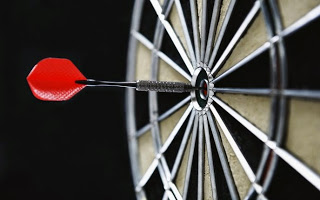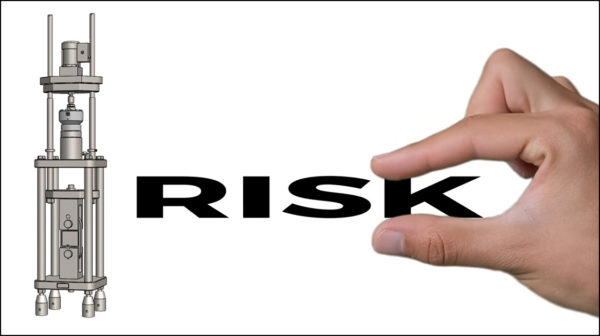Morehouse is proud to present

Single Measurement Bliss!
by Dilip Shah
When you make the first measurement, everything looks fine. It is when you make a second, repeated measurement and it is different from the first measurement that doubt begins to arise. Which one is the correct measurement? Then, you take a third measurement, and it is different from the first two! That is why I joke that you should have stopped after the first measurement. This would be our single-measurement bliss scenario. But, bliss is also ignorance in disguise. If the first measurement was made in error, the subsequent repeated measurements may have caught that error. Repeated measurements also provide information about the precision of the measurement. The precision can be quantified with the standard deviation of the measurements.
When repeated measurements are made, it is important to report both the average and the standard deviation. Since the average tends to hide extreme values (one can have their head in an oven and feet in ice and on the average, they feel fine!), the standard deviation will show a higher variation. If the standard deviation is smaller, the average will show a shift in data, if there is one.
Sometimes, making more than one measurement takes time and resources. So, there is always a decision about what constitutes the right balance. If a laboratory is keeping Statistical Process Control (SPC) charts or has the measurement uncertainty estimated for their measurement process, it might be possible to get away with making a single measurement and achieving that bliss. In complying with ISO/IEC17025 requirements, it is always good to work smarter and not harder. By keeping accurate records with SPC charts, one may be able to satisfy multiple ISO/IEC 17025 requirements and also assure the measurement confidence of the critical parameters. It is all about killing five birds with one stone.
- Dilip A. Shah is a consultant specializing in ISO 17025, ISO 9001, SO/TS16949, and Measurement Uncertainty. Dilip A. Shah can be reached via email @ Emc3solu@aol.com. He loves saying "Single Measurement Bliss" so if you see him, please yell "Hey Dilip, I heard it was good till you made replicate measurements, we like our Single Measurement Bliss"
To learn more, watch our video Minimize your Force and Torque Measurement Risk.
If you enjoyed this article, check out our LinkedIn and YouTube channel for more helpful posts and videos.
# Single Measurement Bliss



